How To Drink Sake Like A Japanese – Everything You Need To Know
Sake is not only the treasured National beverage but also a symbol of Japan, the land of the rising sun. Having been around for more than 2000 years, Sake plays a vitally important role in Japan culture and heritage. Nowadays, Sake can easily be found in most Japanese restaurants. However, not many people know how to drink Sake properly to enjoy its divine flavor in the most complete way. If you are having concern over the same issue, this article is for you. All you need is some basic knowledge to enjoy this experience at best.
How To Drink Sake Like A Japanese
1. What Is Sake?
1.1. Origin And History Of Sake
Sake is Japanese rice wine. Similar to other traditional items, Sake has a long and colorful history. Though it is hard to trace back the exact date of Sake’s origin, many people believe that Japanese people began making Sake around 500BC, after the rice cultivation. At the earliest days, local people made Sake only by chewing rice and putting them in a pot for a period of time. This is the most basic form of production technique The enzymes in human saliva then would enable the fermentation process. In the Nara period (710 – 794), people replace saliva with a bacteria called Koji. Since then, the art of Sake production was continuously developed and refined until Sake reached the perfection flavors and textures as today.
Watch the video below to learn more about the process of making Sake wine
1.2. Types Of Sake
We can classify Sake in many different types depending on the brewing techniques, the ingredients and the percentage of rice grain. Here are 2 basic sake types:
- Pure rice style: Sake is made from rice, water and koji. No additive was used in the process. Based on the polishing ratio – the percentage of rice grain remained after milling, there are 3 main pure rice sake types: Junmai (minimum 70%), Junmai Ginjo (60% or less), Junmai Daiginjo (50% or less)
- Alcohol added style: The most significant thing differs Alcohol added style from pure rice style is a very small portion of distilled alcohol to achieve distinct flavor profiles. Based on rice polishing ratio, there are also 3 basic types which are Honjozo (at least 70% of grain remained), Ginjo (60% or less) and Daiginjo (50% or less).
Sake is normally between 15% to 17% alcohol.
2. How To Drink Sake Properly
2.1. What Can Sake Be Served In?
A sake set is quite similar to a tea set. It also consists of the flask and cups, but instead of tea pot, the server of a Sake set is normally a ceramic narrow-necked bottle called Tokkuri.
Sake cups come in variety of shapes and made of different materials. Three most popular traditional cups are portable cup (Ochoko), flat-bottomed Sakazuki and square wooden cup (Masu). However, nowadays, more and more restaurants prefer glass wine cup as it allows people observe the wine color while enjoying Sake.
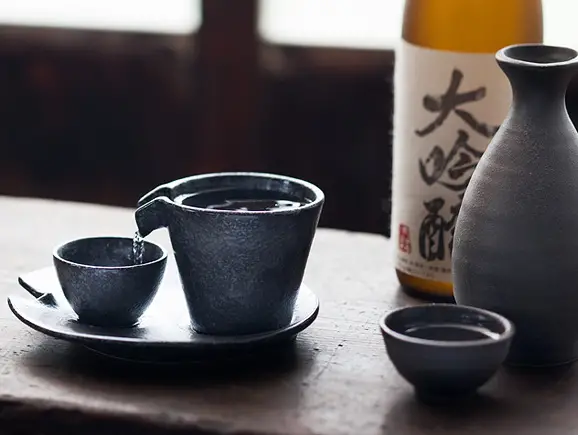
A sake set consists of cups, flasks and Tokkuri
2.2. How To Serve Sake? Hot Or Cold?
So how to drink Sake properly? What about you? Normally, how do you drink Sake? You would heat it up or cool it down with some ice? Both ways are fine but you should know that each kind of Sake has its own unique characteristics and shines the best only at one suitable temperature range. Just continue scrolling down, the information below may help you to make the right decision.
2.2.1. Enjoy Warm Sake
Sake was traditionally served warm as it effectively helps Japanese people bear with the cold winter in ancient time. You are wondering how to drink hot sake in a proper way? Firstly, do not roughly put it in a microwave or boil Sake directly on fire like you are boiling water! The right way is placing the Tokkuri filled with wine inside a pot of hot water. Secondly, getting the right temperature is very important. Do not overheat Sake wine as high temperature can destroy its texture and delicate flavor. Wait few minutes until Sake’s temperature reaches 40 to 60 ℃. After that, take the Tokkuri out, pour Sake into your cups and you are good to go!
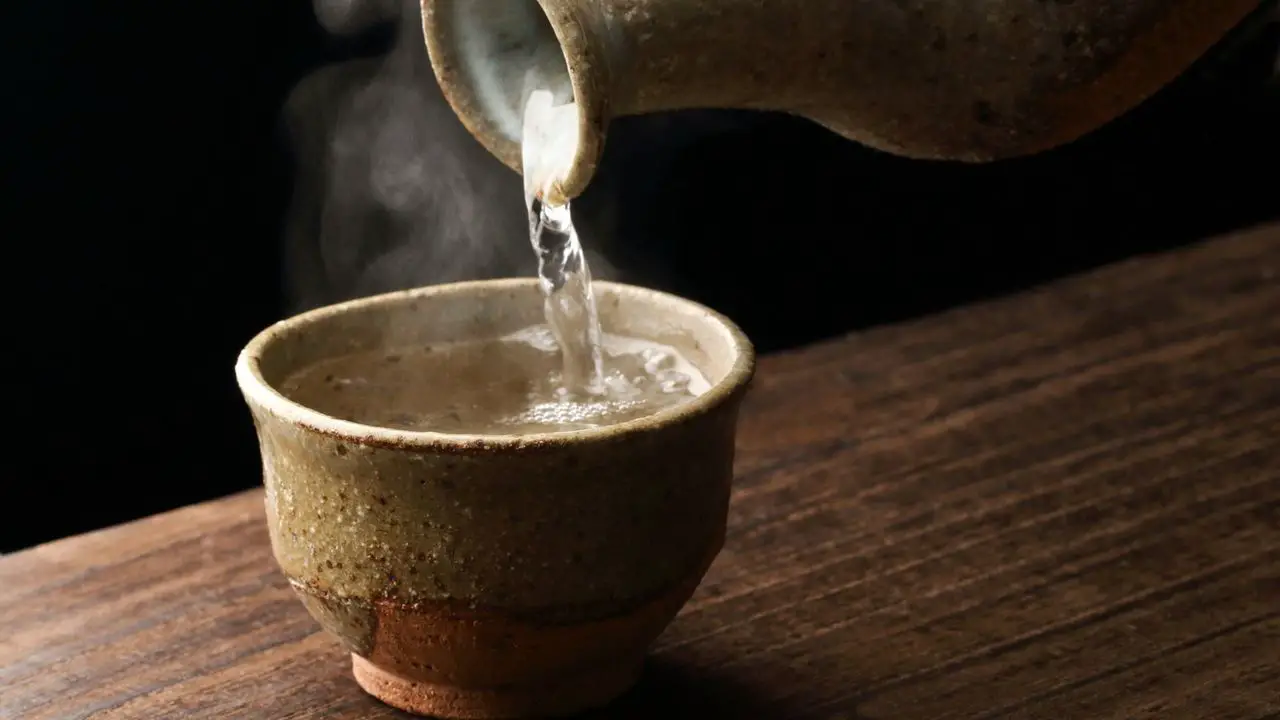
Sake was traditionally served warm as it effectively helps Japanese people bear with the cold winter in ancient time
Heating up sake will bring out the rich flavor and a slight fragrance of rice. Therefore, this method is best suited with sake which has a high polish rate like Junmai and Honjo.
2.2.2. Cool Down The Summer Nights With Cold Sake
Chilled Sake has a light, fruity and refreshing taste. Sake with a low percentage of grain remained after polishing is best served chilled. Nowadays, Japanese people, especially young people, prefers chilled Sake as the way to serve it is very simple. For most of Sake, all you need to do is putting the bottle of wine in the fridge. The ideal temperature of alcohol ranges from 7 to 10 degrees. However, for Ginjo, you should cool it down to only 10 to 15 degrees. Any temperature lower than this will make the taste become too bland or bitter.
2.2.3. Sake In Temperature Room
When Sake is served at room temperature, Japanese people call it Hiya. However, “room temperature” here does not indicate any room temperature. Average room temperature usually falls between 15 and 20 ℃. It means that you need to cool the wine in the hot summer and warm the wine in cold winter. Wine connoisseurs are very fond of this temperature range because they can feel the wine flavor in the most honest way.
Reading more:
Ultimate guide on what to buy in Japan
2.3. Pouring Etiquette
Japanese drinking etiquette is quite complicated and can be troublesome for foreigners some times. Here are some tips on how to serve Sake like a pro.
Firstly, if you are drinking with other people, never serve yourself!
Secondly, Sake wine is the national beverage of Japan so you would better make sure to treat it will high respect all the time. If somebody pours Sake for you, remember to always hold your cups with both hands politely. Doing the same if you want a wine refill. Similarly, when you are serving Sake for others, please hold sake bottle with both hands. You can also pour sake with one hand, but the other hand must touch the pouring hand. However, if you have a higher position than the person you are serving (for example, if you are a boss), it is not necessary to pour with both hands.
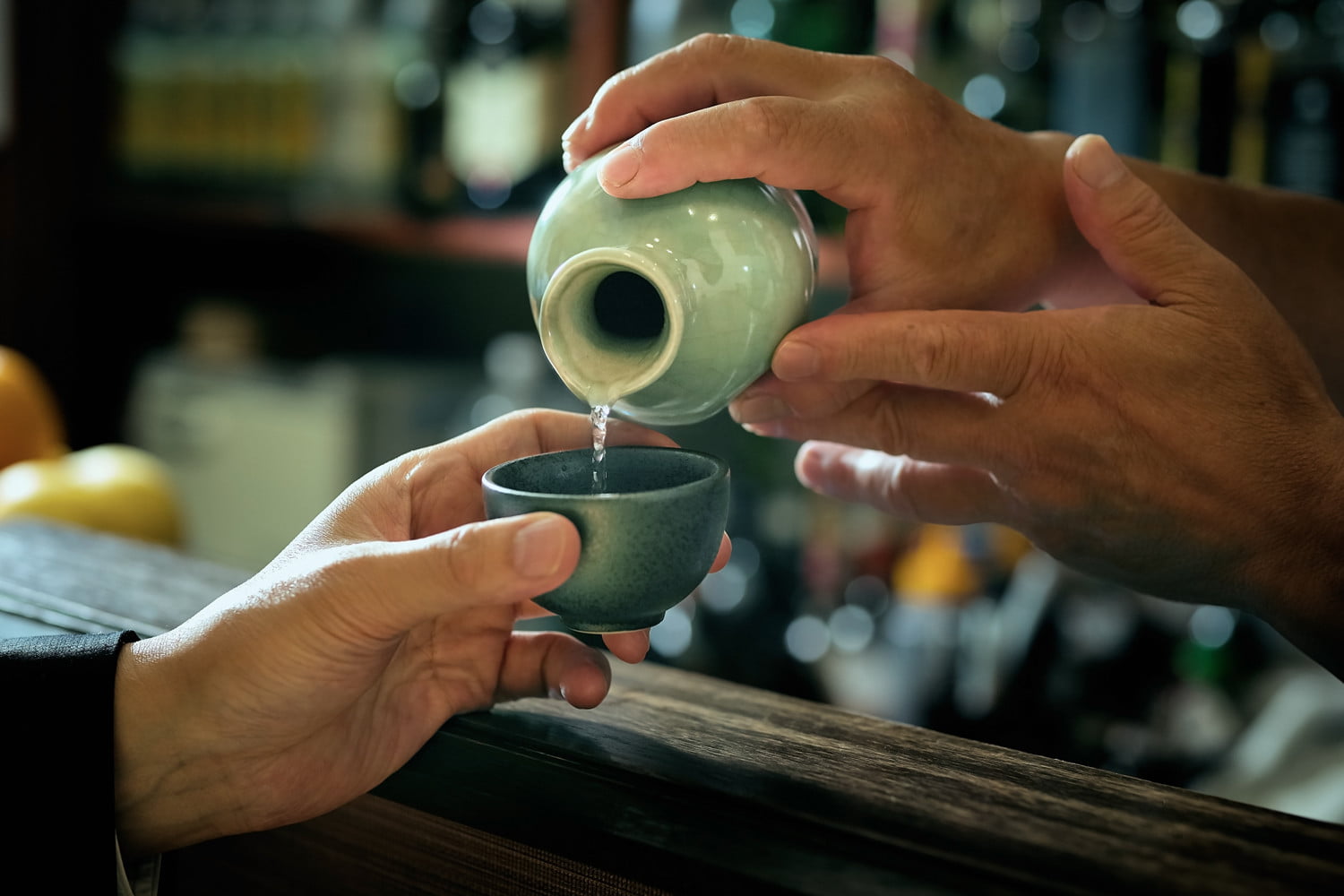
When you are serving Sake for others, please hold sake bottle with both hands
Before you drink, say “Kanpai”. It mean “Cheers” in English. Another rule is that if you touch the glass with someone higher than you, touch the rim of your glass under the rim of their glasses to show respect.
Many people do not know how to drink Sake properly to enjoy fully its delicate flavour. Though Sake production is quite similar to that of beer, Sake is not meant to be gulped. You should take a small sip and hold the liquid on your tongue for a moment before swallowing.
2.4. Food Pairings
Sake is quite versatile and can be compatible with a variety of foods. You can enjoy it perfectly with both Japanese traditional dishes and Western foods. There’s one rule you should follow: pure rice Sake matches well with strong, rich cuisine while clean alcohol-added-style Sake is a great partner with light cuision. However, sometimes a contrasting combo of fruity, citrus Yamahai Sake and savory food like roasted beef also works.
For example, if you are eating Sushi or Sashimi, then the most suitable wine is chilled Daiginjo or Honjozo. The light taste of Daiginjo also makes it more suitable for appetizers while the sour taste of Yamahai Sake harmonizes perfectly with the fat and rich flavor of oily food, such as fried fish, tempura, or barbecue.
Above is just some suggestion for you so do not hesitate to experiment. You might find out the very best combination of Sake and foods for your own preference.
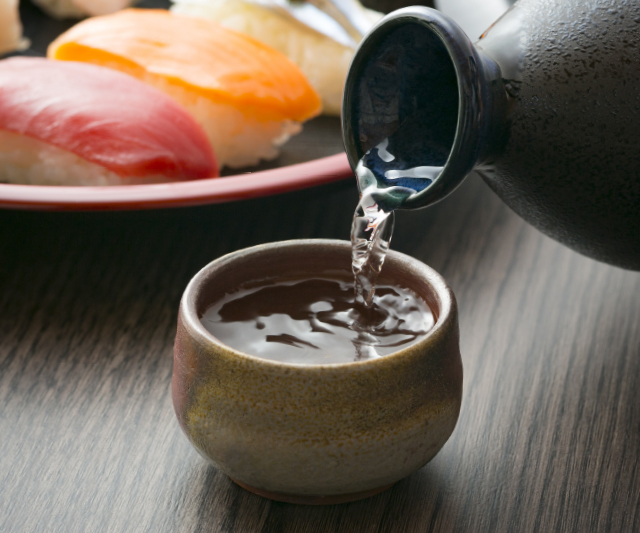
Sake is quite versatile and can be compatible with a variety of foods.
Conclusion
Of course, the world of Sake is much more complicated and diverse than this. Besides, what we have mentioned, there are thousands of Sake brands for you to choose. Hopefully, our blog can help you gain more knowledge of how to drink Sake and enjoy your trip to Japanese cuisine in a most completed way.


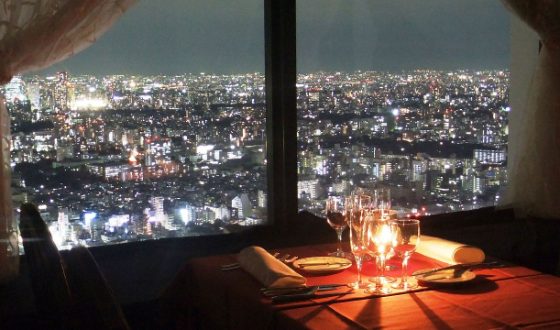

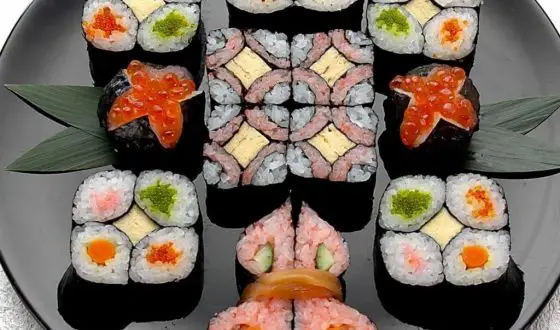






I’m just getting adventurous about learning and respecting everything about Sake. This is very informative and well written, easy to understand. I’m very excited exploring this part of my life! Great job & thank you 🙏